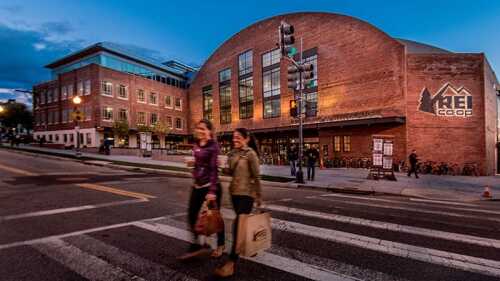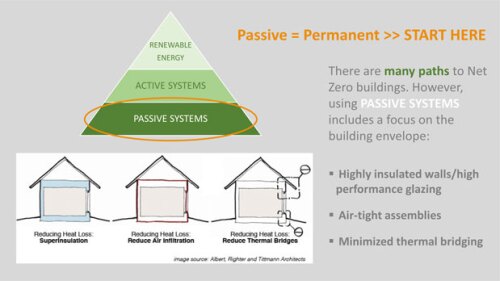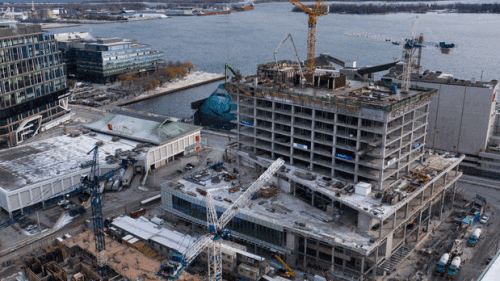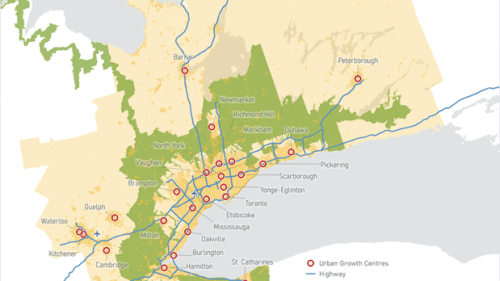Spring Meeting
To win the war for talent in a post-pandemic environment, employers and landlords will seek to provide highly amenitized spaces that will lure workers away from their homes. But it remains to be seen how that expense will be paid for—and whether lenders will give due credit to those amenities when determining property values, a panel of four experts in U.S. office markets concluded during the ULI Virtual Spring Meeting.
Much discussion has taken place in recent years about the do’s and don’ts of design for development of mixed-use projects, but the global pandemic has changed the ballgame. In a concurrent session at the 2021 ULI Virtual Spring Meeting, experts at CallisonRTKL and industry-leading voices explored the rules to break when designing for a new consumer mind-set.
In a 2021 ULI Virtual Spring Meeting session, participants from different parts of the United States discussed what it takes for stakeholders to achieve a triple bottom line in real estate development, and what they see in the years ahead for the industry.
The path to net-zero buildings may sound daunting, but five technologies can help break it down: reduce building energy demand as much as possible, use sensors to optimize what cannot be eliminated, and turn to renewables to meet whatever demand remains through on-site and then off-site options, with batteries to make sure the power is there when needed. Experts speaking at an on-demand session outlined how key technologies can work in concert to achieve the net-zero goal.
West Don Lands and the Canary District, Liberty Village, and Concord CityPlace demonstrate urban renewal done well.
An ambitious seven-building development near Toronto’s urban core is an innovative effort to deliver density and a diverse range of uses, along with a walkable urban environment, plenty of green space, and innovative energy storage technology.
In a discussion of the ongoing transformation of U.S. retail, panelists participating in the 2020 ULI Spring Meeting Webinar Series agreed that the authenticity, differentiation, and transparency creating a sense of place in mixed-use retail spaces are likely to be what consumers seek in the future. Single-use spaces are about convenience, but that is only half of what consumers say they are looking for.
In 2013, Toronto had record-high rainfall and flash flooding that overwhelmed urban stormwater and river systems, and ultimately caused an estimated $940 million in damage payouts. In 2019, Lake Ontario experienced record lake level conditions. Waterfront Toronto is in the process of transforming this vulnerable site to both revitalize the city’s eastern waterfront and manage flood risk.
Seeking innovative ways to accommodate Toronto’s growing population, developers across the city are launching “mega-mixed-use” projects that are redefining urban living for generations to come.
During a period of phenomenal growth in which Toronto has had more cranes in the sky than any other North American city, a new form of city region with multiple urban centers has started to emerge in the Greater Toronto Area. This new city region is propelled by powerful economic and social forces and spurred by the imperative of a more sustainable future.








